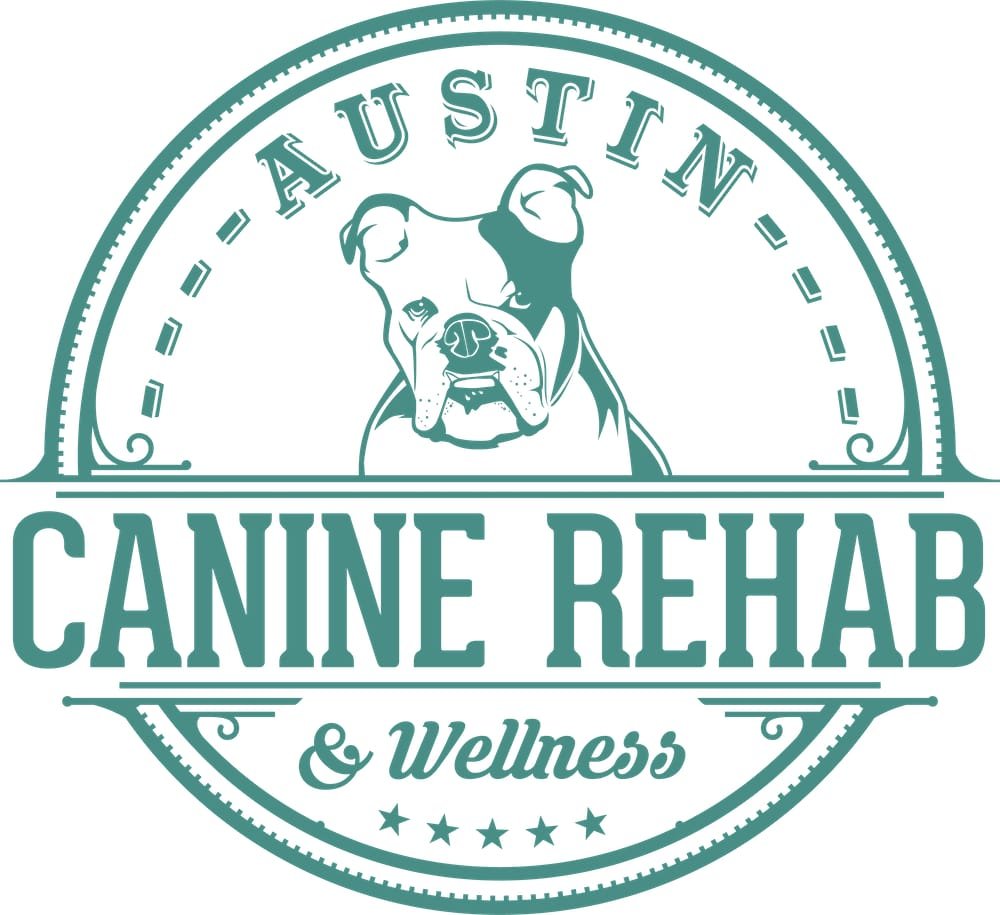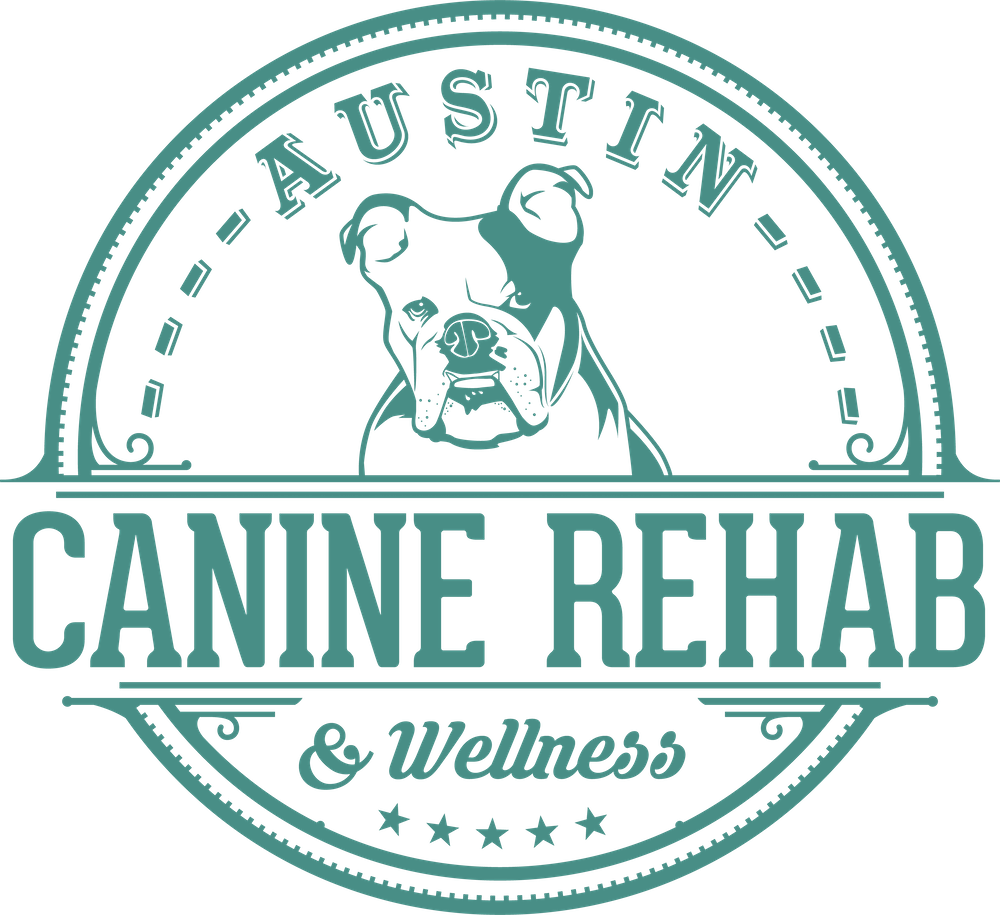Post-Surgical IVDD Dogs: How Rehabilitation Can Aid Their Recovery
Understanding IVDD
Intervertebral disc disease (IVDD) is a common condition affecting dogs, particularly those with long spines like Dachshunds, Frenchies, and Corgis. For severe cases of IVDD, surgery may be necessary to alleviate pain and restore mobility. It occurs when the cushions (discs) between the vertebrae in the spine become damaged or degenerate, leading to pain, mobility issues, and potential nerve damage. The severity of IVDD can vary, ranging from mild discomfort to severe neurological deficits.
Treatment options for IVDD depend on the severity of the condition. Mild cases may be managed with rest, pain medication, anti-inflammatory drugs, and rehabilitation. However, for more severe cases or when there is spinal cord compression, surgery may be necessary to remove the damaged disc material and relieve pressure on the spinal cord or nerves.
However, the journey to recovery doesn't end with the operating table. Rehabilitation plays a vital role in helping post-surgical IVDD dogs regain strength, improve mobility, and enhance their overall quality of life. In this article, we will explore the various rehabilitation techniques that can assist in the post-surgical recovery process.
Consultation with a Rehabilitation Therapist:
The first step in the rehabilitation journey for a post-surgical IVDD dog is to consult with a certified canine rehabilitation therapist (CCRT) like those at Austin Canine Rehab & Wellness, along with your Neurosurgeon veterinarian. Your Veterinarian will assess the dog's condition, evaluate the surgical outcome, and your canine rehab therapist will design a customized rehabilitation plan. The plan may include a combination of exercises, manual therapies, and other modalities to address specific needs and optimize recovery.
Rehabilitation Exercises:
Targeted rehab exercises are a fundamental aspect of post-surgical IVDD dog rehabilitation. These exercises aim to strengthen the dog's core muscles, improve balance & body awareness, and restore range of motion. Some common exercises may include exercises to engage the neurosensory system, weight-shifting exercises, and gentle stretching. The canine rehab therapist will guide you, the owner, on how to perform these exercises safely and effectively at home so that you can also play a key role in their recovery.
Therapeutic Massage and Stretching:
Purposeful therapeutic massage and stretching techniques are valuable tools in post-surgical IVDD dog rehabilitation. They can help alleviate muscle tension, improve circulation, and increase flexibility. By using appropriate techniques, such as effleurage and passive range of motion exercises, pet owners (led by a rehab therapist) can assist their dogs in achieving improved comfort and movement.
Assistive Devices and Bracing:
Depending on the severity of the IVDD surgery and the dog's individual needs, assistive devices or bracing may be recommended. These devices, such as wheelchairs or orthotics, can provide support to the weakened or paralyzed limbs, allowing dogs to engage in controlled movement and exercise. It is crucial to consult with a specialist to determine the most suitable device and ensure proper fitting.
Environmental & Home Modifications:
Creating a safe and comfortable environment for a post-surgical IVDD dog is essential during the rehabilitation process. The canine rehabilitation therapist may suggest modifications such as providing soft bedding, installing ramps or stairs, and using non-slip surfaces to prevent falls or further injury. These adjustments can significantly enhance the dog's mobility and reduce the risk of accidents.
How can I help my IVDD dog following surgery?
Rehabilitation is a crucial component of the recovery process for post-surgical IVDD dogs. Through a combination of targeted rehab exercises, therapeutic massage, stretching, assistive devices, and environmental modifications, dogs can regain strength, improve mobility, and enjoy an enhanced quality of life. Remember, each dog's journey is unique, and it is essential to work closely with a qualified rehabilitation therapist and veterinarian to develop a personalized plan that addresses specific needs and ensures a successful recovery. With the right support and care, post-surgical IVDD dogs can bounce back and resume a happy and active life.



